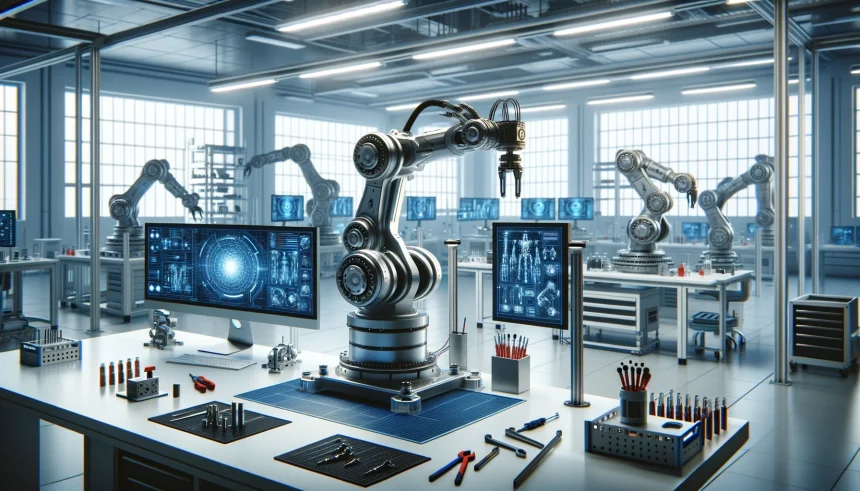A recent article in Advanced Intelligent Systems titled “Reprogrammable, Recyclable Origami Robots Controlled by Magnetic Fields” highlights an innovative development in soft robotics. These groundbreaking robots, derived from simple 2D sheets, transform into intricate 3D shapes using magnetic programming, making them not only versatile but also eco-friendly. The research introduces biodegradable robots with embedded conductive nanoparticles and electrical components, which can monitor environmental conditions and repair complex machinery—advancements that have the potential to revolutionize various applications in soft robotics.
Origami, long admired as a form of artistic expression, has recently been adapted to create complex three-dimensional structures from flat materials. By integrating magnetic actuation, researchers have turned origami paper into a fundamental component for cost-effective, wirelessly controllable magnetic robots. The newly developed biodegradable magnetic paper stands out for its excellent formability and recyclability, making both utilization and disposal convenient. The magnetic paper, programmed with specific magnetization and crease patterns, enables the transformation of 2D sheets into predetermined 3D structures.
Integration of Electronic Functionality
Leveraging the lightweight and pliable properties of paper-based materials, these origami robots exhibit exceptional control and fast response times, enabling a wide range of locomotion. The paper-based approach also facilitates the incorporation of electronic functionalities into magnetic actuators. By embedding conductive nanoparticles into the magnetic paper, researchers have created an electrically conductive substance, allowing for the construction of electronic circuits and the integration of various electronic components.
This innovative design enables the repair of broken circuits within complex equipment and the optical sensing of environmental conditions. These robots demonstrate significant potential for diverse applications, including chemical, optical, thermal, and mechanical sensing. Their capacity to navigate hard-to-reach locations and monitor surrounding conditions showcases their versatility and utility in numerous fields of research and practical applications in soft robotics.
Earlier news articles on this topic have focused primarily on the development of basic origami robots without the added functionality of magnetic programming and electronic integration. Previous iterations of origami robots relied heavily on manual control and lacked the sophisticated environmental monitoring and repair capabilities that are now possible with the incorporation of conductive nanoparticles and electronic components. This advancement marks a significant leap forward in the field of soft robotics, offering more versatile and practical solutions.
Comparing past developments with current research underscores the remarkable progress made in this area. The introduction of magnetic programming and biodegradable materials not only enhances the functionality and sustainability of these robots but also broadens their potential applications. These advancements reflect a growing trend toward more eco-friendly and highly functional robotic systems, aligning with increasing environmental awareness and the need for sustainable technological solutions.
The potential of these reprogrammable, recyclable origami robots is immense. Their ability to transform from flat sheets into complex 3D shapes using magnetic fields, coupled with their environmentally friendly, biodegradable nature, sets a new standard in soft robotics. The integration of electronic functionalities further expands their capabilities, making them suitable for a wide range of applications, from environmental monitoring to machinery repair. As research continues to evolve, the future of these origami robots promises to bring even more innovative and sustainable solutions to the forefront of robotics technology.










